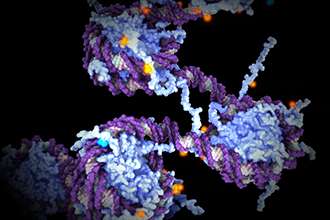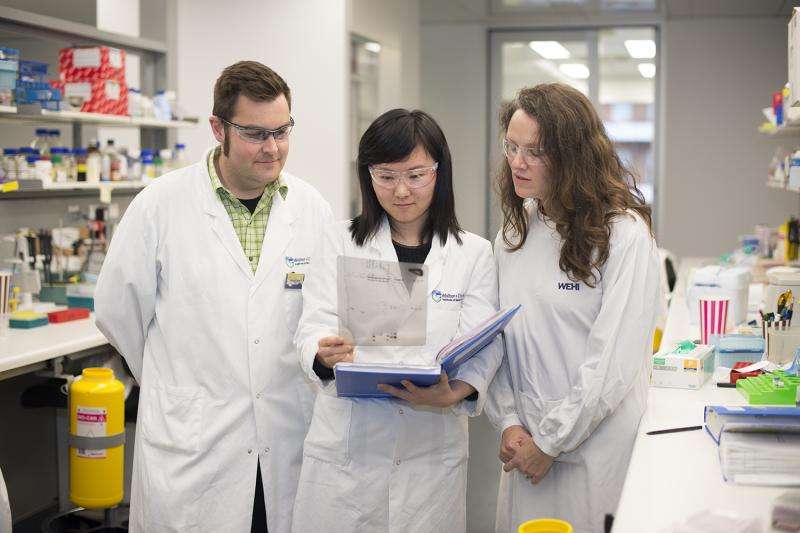Smchd1 is responsible for 'silencing' other genes, and is dysfunctional in people with a form of muscular dystrophy.
Australian researchers have made a critical discovery about a gene involved in muscular dystrophy that could lead to future therapies for the currently untreatable disease.
Facioscapulohumeral muscular dystrophy (FSHD) is a progressive wasting disease that affects the face, arms and shoulders. It is most commonly diagnosed in teenage or early adults, and though it is rarely fatal is it very debilitating.
FSHD is inherited from the child's parents and affects one in 8000 children. No treatments or cures are currently available for the disease.
A research team led by Dr. Marnie Blewitt, Dr. James Murphy and Ms. Kelan Chen from the Walter and Eliza Hall Institute investigated the gene Smchd1, which is dysfunctional in people with a form of the disease called FSHD2.
Chan said that, as part of the study, the researchers duplicated the genetic changes found in some patients with FSHD2 to understand how the 'mutation' leads to disease.
"Our colleagues at the University of Leiden in the Netherlands work with patients who have FSHD2 and have been studying the genetic changes in these families," Chan said.
"We reproduced in the lab the genetic change to Smchd1 found in one of the families to better understand how this mutation alters Smchd1 and its ability to function in the cell. We discovered that just a single change to one molecule that makes up the DNA can affect the ability of Smchd1 to reach and bind to the DNA properly, and it is no longer able to do its job."
Blewitt said this fundamental understanding of how Smchd1 functions would help researchers to develop future treatments for FSHD.
"FSHD is a progressive disease, and we don't begin to see symptoms until the affected person is in their teens or early 20s," Blewitt said. "By understanding the function of Smchd1 and how mutations affects its function, we could in the long term develop drugs that would substitute for its activity and prevent the debilitating muscle wasting which occurs in FSHD."
Australian researchers have made a critical discovery about a gene involved in muscular dystrophy that could lead to future therapies for the untreatable disease. Credit: Walter and Eliza Hall Institute
Blewitt said the gene Smchd1—or "Smooch' as she calls it—encodes an epigenetic factor that switched genes off to suppress their function. "Epigenetic factors are like the punctuation marks on the DNA that enables the cell to read and comprehend it correctly for the functioning of the cell," Blewitt said.
"We knew that Smchd1 was an epigenetic suppressor—a factor that switches off genes that are unnecessary for that particular cells' function—but we were in the dark about where and how it was acting on the DNA."
They found Smchd1 was very unusual in its interactions with the genome. "Smchd1 is enormous, I think of it as a massive "Goliath' molecule," Blewitt said. "So I had expected that this Goliath molecule would be greedy and crude, spreading out across the DNA to 'exert its power".
"In fact the opposite was true. Smchd1 is still a Goliath, but it very delicately squeezes itself into a tiny 'seat' on the DNA. It binds at just a few discrete sites on the DNA, then draws these pieces together to 'shield' them from being activated."
The study was published in the journal Proceedings of the National Academy of Sciences.
More information: Genome-wide binding and mechanistic analyses of Smchd1-mediated epigenetic regulation, www.pnas.org/cgi/doi/10.1073/pnas.1504232112
Journal information: Proceedings of the National Academy of Sciences
Provided by Walter and Eliza Hall Institute




















